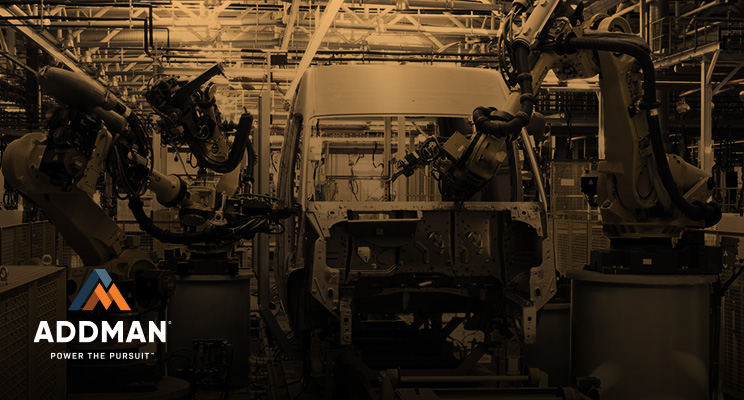Talk to anyone with a passion for restoring classic cars or motorcycles, and, at some point, the conversation will pivot towards “the hunt,” the great search for the parts needed to keep them running. Long out of fabrication, even the smallest, seemingly slightest of classic car parts can take on a grail-like quality. Just ask Wade Shaffer, and he’ll share stories of the passion, search, and, pun intended, drive behind the hunt to keep the classics rolling.
“As far back as I can remember I have always been involved in restoration of classic cars and motorcycles. Of course, as a child that was mostly handing my father wrenches and trying to stay out of the way,” Shaffer said, with a laugh. “When I hit my teens and had a driver’s license in hand, my first car purchase was a 1970 Plymouth Road Runner. Even back then, the car was 26 years old and factory parts had long been out of production.”
Shaffer went on to explain the hunt for parts every enthusiast experiences, including scouring the classifieds, car shows, junkyards, and anywhere else a classic might be hiding, “That’s where the hoarding process started. To this day I still have shelves of parts for the car just in case I ever need them.”
But there’s something else about Wade Shaffer, something that has changed the way he views the hunt for parts: Wade Shaffer is Program Manager – Aerospace & Defense for ADDMAN. ADDMAN produces mission-critical components for vehicles of land, sea, and air utilizing the most advanced technologies in 3D printing and precision machining.
“It’s through modern advancements in additive manufacturing,” Shaffer said, “that the parts game has changed.” In fact, according to Shaffer, “There has been a revolution building momentum over the past 5 or so years!” That revolution is printing replica parts.
“Prior to this technology being available to the average person, these parts could only be reproduced at prices so high that nobody would ever consider going that route,” Shaffer explained. “Things have progressed so rapidly that there are post processors who will metal plate your plastic parts so you, in turn, can chrome plate them, and at affordable prices!”
Printing parts has become so precise, according to Shaffer, that “In the course of just a few years, we have moved from a point where someone had to horde parts or even modify something else to fit their needs to being able to simply 3D print a new part that is as good as the original, often better.”
As Shaffer pointed out, this parts revolution doesn’t stop with those that can be replicated in plastic. Thanks to a multitude of additive technologies, there is now the ability to print in metals. While these machines might be out the reach for hobbyists or the home garage, they are rapidly becoming as familiar in machine shops as a lathe or a Bridgeport mill.
“All a restorer needs is a CAD model from either a bad part or even an old mechanical drawing and it can be 3D printed in a wide variety of metals which are suitable for the job,” Shaffer said. “This has opened a whole new era of automotive restoration. It has become common for restorers to have old transmission cases, water pumps, gears, or even body panels printed. Vehicles that previously would have been restored only to look original are now being able to put back on the road as functioning transportation.”
Being at ADDMAN, Shaffer has first-hand experience and knowledge of the newest advancements in additive engineering, one, in particular, has him especially excited. “Perhaps the most exciting additive technology to hit the scene recently is printing sand molds for casting,” Shaffer enthused. “Metals printing has brought us nearly to the point of a complete set of options for reproducing long obsolete parts but with this new technology, I believe that set is now complete.”
Shaffer continued, sharing a story of a 1914 Delage Type-S, which had a crack in the engine block, “Many options were considered to repair the block, but none were viable. When the sand cast printing became available, they finally had a solution.” Shaffer continued. “A team of engineers was able to 3D scan the block, create a model, and have it printed as a sand mold. From the mold a replacement block was cast, and this previously hopeless restoration has now been completed. I expect that we will see many more miracle restorations now that we have all these technologies working together.”
While the hunt for classic car parts may never completely fade away, Shaffer sees this as a time of great change, not only in the classic car world, but in manufacturing as a whole, on every size project, in every capacity, “As the price and availability of metal printing continues to improve, I will be looking more and more to that for parts fabrication. I imagine the day is coming when we will be able to print components that are no longer available.”
“Truly, additive manufacturing is going to continue to be an invaluable tool for anyone working to restore virtually anything,” Shaffer concluded. “The power of additive manufacturing has been proven, all that is left is the limits of imagination.”
